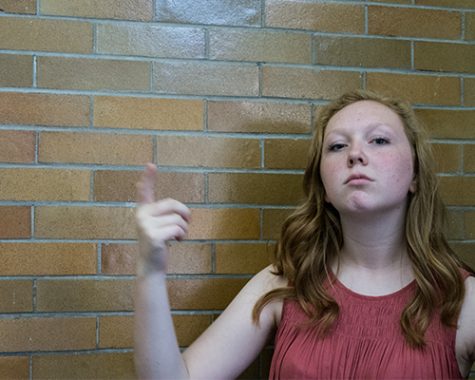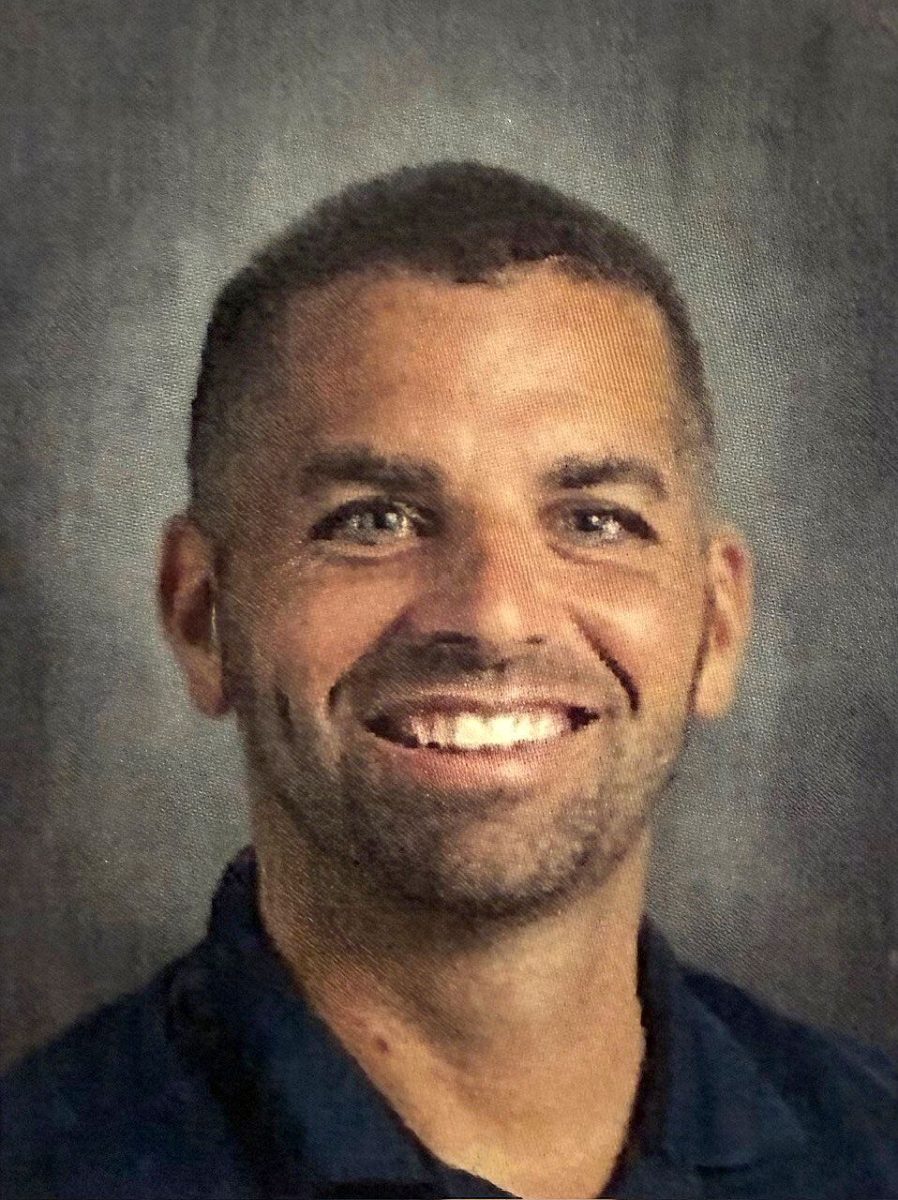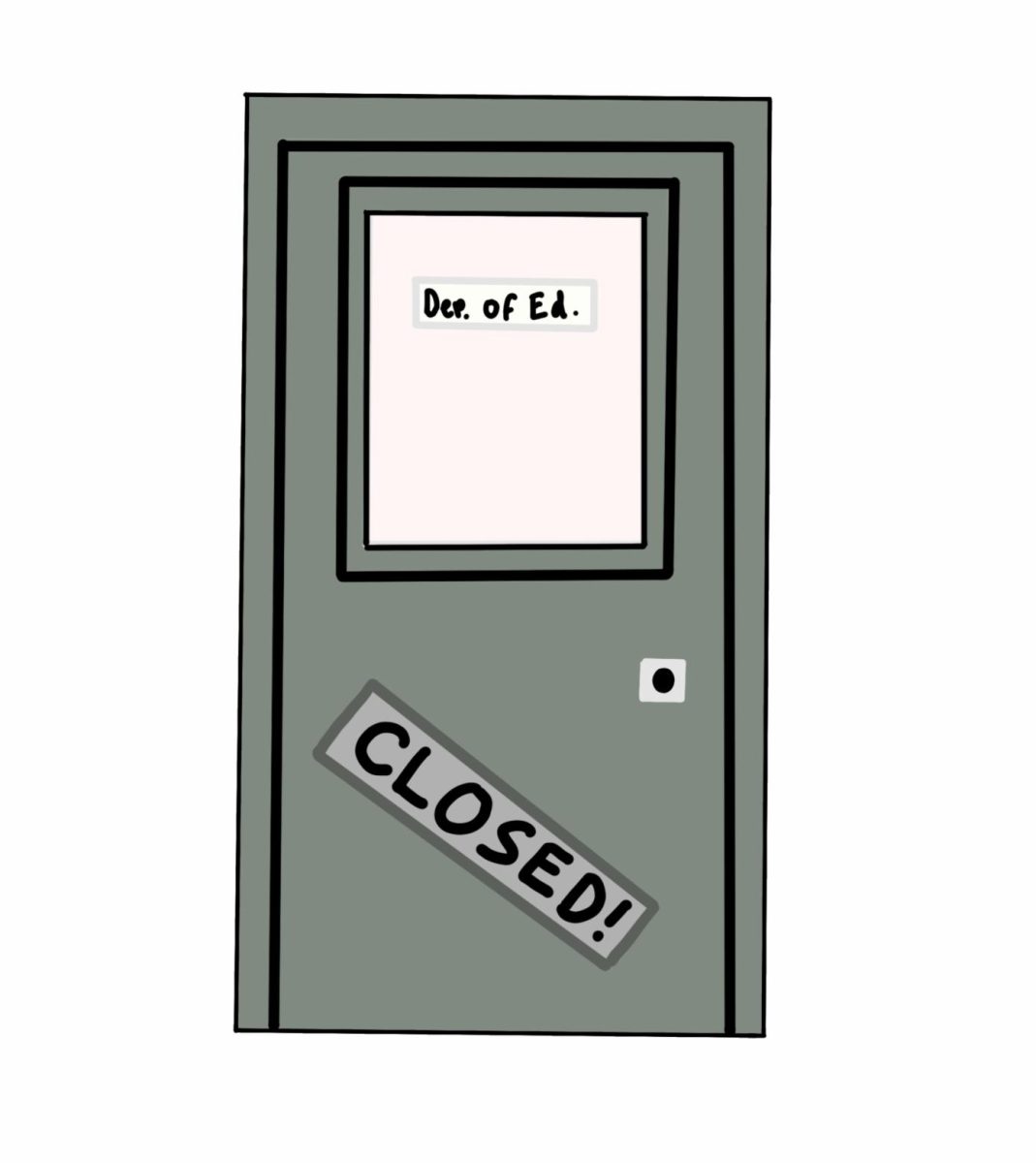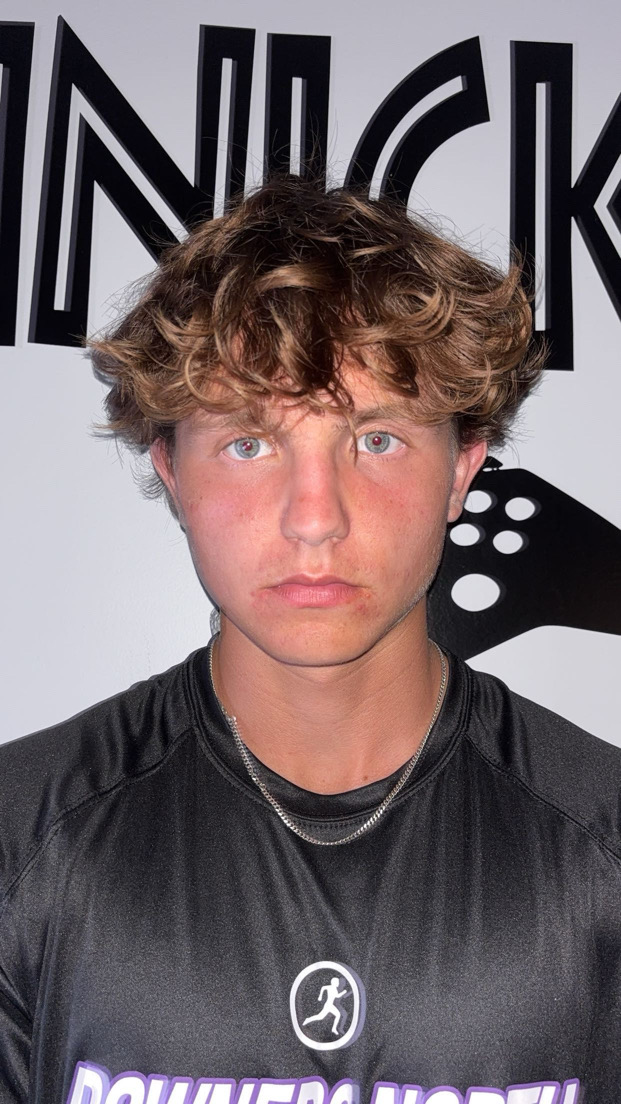Weather balloon ‘Major Tom’ takes flight
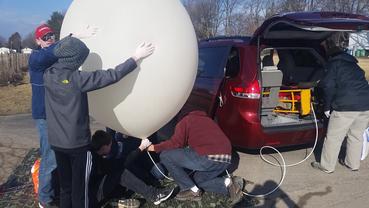
March 24, 2016
On May 25, ten DGN students will launch their weather balloon at the White Sox game at US Cellular field. Presented by WGN, the balloon will have a GoPro camera attached to it and will record video of the audience which will be projected on the screens around the field.
The construction team of the weather balloon ‘Major Tom’ received a “Gold Distinction” at the Illinois Junior Academy of Science on March 12.
“We found other people’s projects similar to ours and wanted to work on doing it better. We also had wanted to do this project in particular because it would get attention and bring interest in science in our community,” sophomore Jake Drobnik said.
The students faced issues with money, forcing them to eliminate all potential errors that would require a larger budget. They also had to spend a large amount of time teaching themselves different skills such as coding and math in order to have a successful launch.
The balloon and parachute were purchased on Amazon. Inside the balloon was a styrofoam cooler, a GoPro camera, a GPS unit, and a small computer. The total cost of the materials was around $400 to $500, funded partially by a $250 grant from the Illinois Junior Academy of Science. Science teachers Michael Heinz, Keith Dvorkin, and Jeff Grant assisted in the process. From the initial concept to the launch, it took the students about five months to get Major Tom into the skies.
“If students think this is cool or they have any ideas of projects they would like to do, tell your science teacher or come see me,” said Grant.
On the day of the launch, the group drove to eastern Illinois, where they had calculated the balloon would need to be launched in order to land back in Downers Grove.
This, however, was not the case. After the balloon took its course and landed, the GPS turned off, meaning the balloon and all its content was lost. But the GPS rebooted and it was found three days later, approximately 110 miles west of the predicted landing site.
“I was absolutely floored at the footage when I first saw it. The sense of accomplishment was unbelievable. I remember thinking, ‘Wow, I helped to do that! This thing actually went to the edge of space, and I helped make it,’” sophomore Jack Costello wrote in an emailed response.
The duration of the balloon’s journey is posted on YouTube in three segments: the launch, the balloon in space, and the landing. The video of the balloon in space contains a moment where the it “pops”, gaining large interest and over 50 thousand views. YouTube’s Twitter account also tweeted a picture and a link to the video, which got over 400 retweets.
The group found that their capsule encountered temperatures of -43°C and that their balloon changed over 900 millibars in pressure.
“Now we’re working to make it better, the hard part is to top ourselves. We’re talking about possibly putting a 360° camera on, like virtual reality, and watching that. Possibly watching it at three in the morning so we can start to see the sunrise. Or watching it fly over Lake Michigan. Other people have done this before, we just hope to do something different,” Drobnik said.


